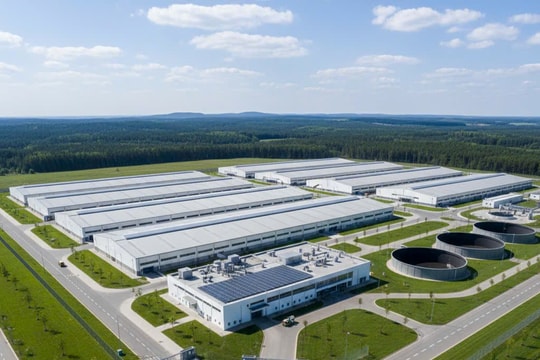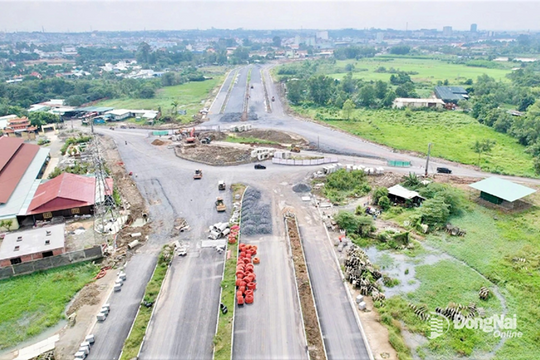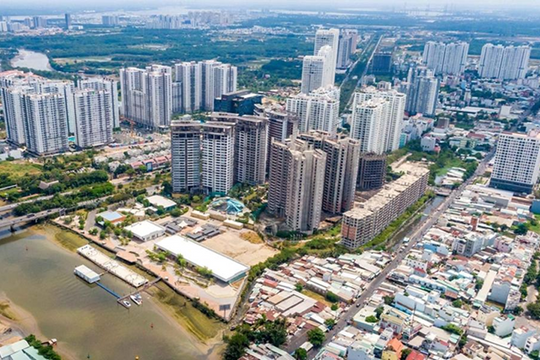In Vietnam, the collaboration between CMA CGM and Nike to introduce electric barges marks a significant step forward not only in "greening" the supply chain but also in promoting the development of environmentally friendly inland waterway transport. With a strong commitment to reducing carbon emissions, these two industry giants are laying the foundation for a more sustainable logistics system that brings both economic benefits and environmental protection.
.jpg)
.jpg)
Each electric barge in this project is equipped with high-capacity lithium-ion batteries, enabling continuous operation over a 180 km route without the need for fossil fuels. By replacing traditional diesel-powered barges with electric ones, the project significantly reduces CO₂ emissions. Estimates suggest that this initiative will cut approximately 778 tons of CO₂ annually, equivalent to removing 168 diesel trucks from the road.
.jpg)
.jpg)
Furthermore, Gemalink port will implement a solar power farm, expected to generate 1 GWh of renewable energy per year to support the charging infrastructure for the electric barges. This is a crucial step in reducing reliance on the national power grid and ensuring a clean and stable energy source for electric waterway transport.
Beyond emission reductions, the project also optimizes Nike’s supply chain by lowering fuel costs, increasing operational efficiency, and mitigating negative environmental impacts on water resources. Instead of relying on road transport with a large fleet of diesel-powered trucks, Nike can utilize a more efficient waterway transport system, contributing to reduced traffic congestion and easing pressure on road infrastructure.
.jpg)
.jpg)
The deployment of electric barges not only benefits Nike and CMA CGM but also positively impacts the entire supply chain and Vietnam’s transport industry.
From an economic perspective, using electric barges reduces operating costs compared to fossil fuel-powered transport. Electricity is cheaper than diesel, particularly when sourced from renewable energy such as solar power. Additionally, electric barge battery systems have a longer lifespan, leading to lower maintenance and repair costs compared to traditional diesel engines.
From an environmental standpoint, the reduction of 778 tons of CO₂ per year not only helps Nike achieve its emission reduction goals but also improves air and water quality in areas where the barges operate. Diesel engine emissions not only contribute to air pollution but also degrade water quality, affecting aquatic ecosystems. The adoption of electric barges mitigates these issues while also reducing noise pollution—an important factor for riverside communities.
.jpg)
.jpg)
Moreover, the success of this project could create a ripple effect in the transport sector, encouraging more businesses to transition to green logistics solutions. The application of electric technology in waterway transport not only helps Vietnam meet its COP26 emission reduction commitments but also enhances the country’s position in the global logistics industry.
.jpg)
.jpg)
Although the electric barge project brings numerous advantages, its implementation faces several notable challenges.
To address this issue, Nike and CMA CGM have partnered with Gemalink port to establish a solar power farm that will provide a clean and stable electricity supply for the charging system. At the same time, the Vietnamese government can support businesses through tax incentives, funding for battery technology research, and encouraging investment in charging infrastructure.
Another challenge is workforce training for operating and maintaining electric barges. Electric propulsion and battery systems require highly specialized technicians, distinct from traditional diesel engine mechanics. To tackle this, Nike and CMA CGM have initiated intensive training programs to enhance the skills of technical personnel and crew members.
.jpg)
.jpg)
Finally, scaling up the project is another critical consideration. If the electric barge project proves successful in Vietnam, Nike and CMA CGM may expand this model to other regions, such as the Mekong Delta or other domestic transport routes, further accelerating the green transition in Vietnam’s logistics sector.
Conclusion
The collaboration between CMA CGM and Nike in launching electric barges in Vietnam represents a major milestone in "greening" the global supply chain. This initiative is not only a strategy to reduce CO₂ emissions and lower operational costs but also a strong statement of corporate responsibility toward environmental sustainability.
This project opens up significant opportunities for Vietnam’s inland waterway transport sector while encouraging more companies to invest in sustainable logistics solutions. If widely adopted, this model could bring Vietnam closer to its net-zero emissions target by 2050, creating a modern, efficient, and environmentally friendly logistics system.


.jpg)
.jpg)
.jpg)

.jpg)

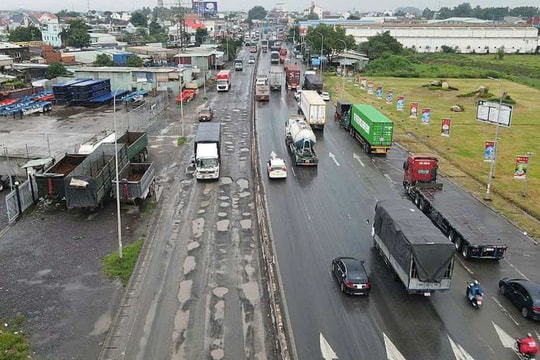
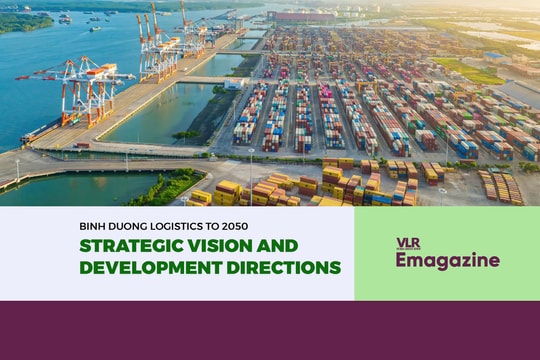
.png)
.png)
.png)
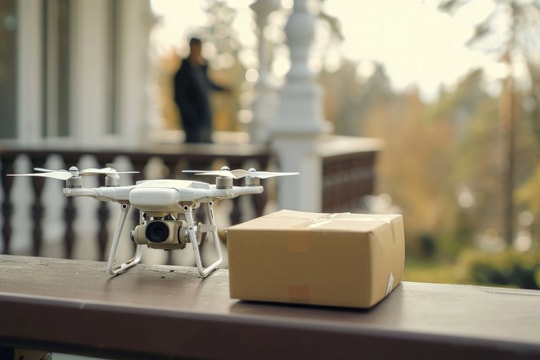

.png)
.png)


